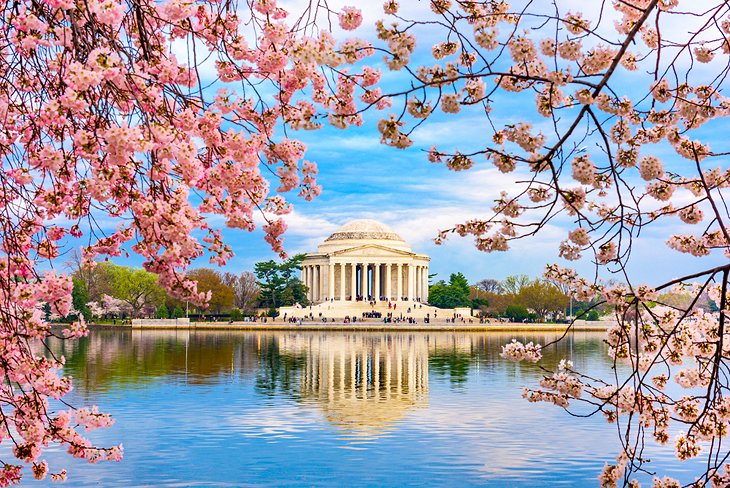It’s hard to find more pulsing energy in the U.S. than in Washington, D.C. You can feel it when you look at its white marble statues and memorials, learn about history in one of its free museums, or get a feel for how people live in one of its lively neighborhoods. The District of Columbia is a city that you can visit many times and have a different experience each time.
People visiting for the first time rush to see the White House, the Capitol Building, and the many museums, monuments, and memorials that are properly spaced out along the National Mall, which looks like a park. But beyond these well-known spots, you’ll find another DC. One that is run by locals and shaped by the many long-term foreign residents and is made up of different neighborhoods like U Street, Adams Morgan, Dupont Circle, and Georgetown.
In just a few miles, you can eat around the world in this city. There is also a world-class arts scene in the city, and you can enjoy the outdoors by paddleboarding on the Potomac River or walking or biking along the C&O Canal trail.
1. National Museum of African American History and Culture
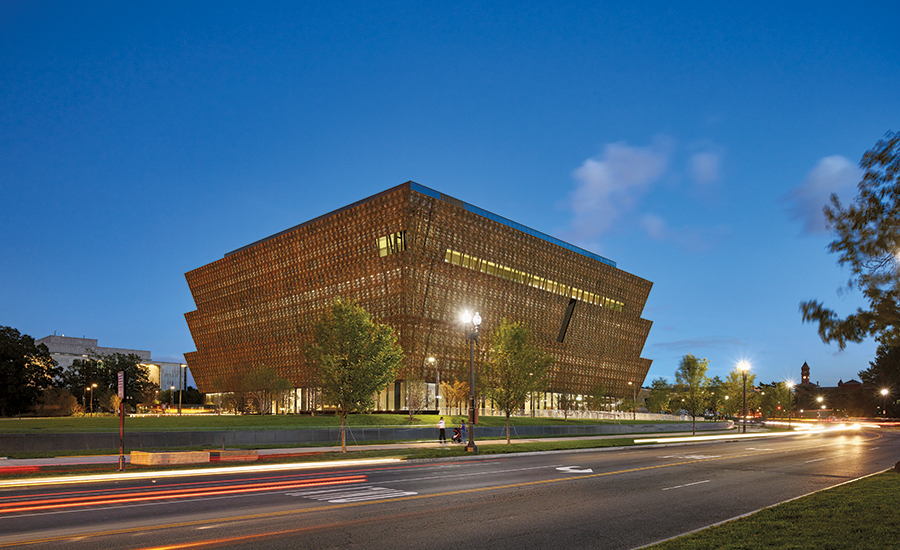
The newest museum in the Smithsonian looks at how ideas of American citizenship and freedom are changing. It also highlights African American culture as well as culture from all over the African diaspora.
Changing exhibits showcase a range of topics, including African American food customs and chefs, the role of African American athletes in ending segregation, and African craftsmanship.
A piece of the original Woolworth lunch counter where the Greensboro, N.C., sit-in happened in 1960 is on display, as is the plane known as the “Spirit of Tuskegee.” It was used to train African American airmen in the Army Air Forces during World War II. Their work helped end segregation in the service.
- Address: National Mall at Constitution Avenue, N.W., between 12th and 14th Streets
2. National Museum of American History
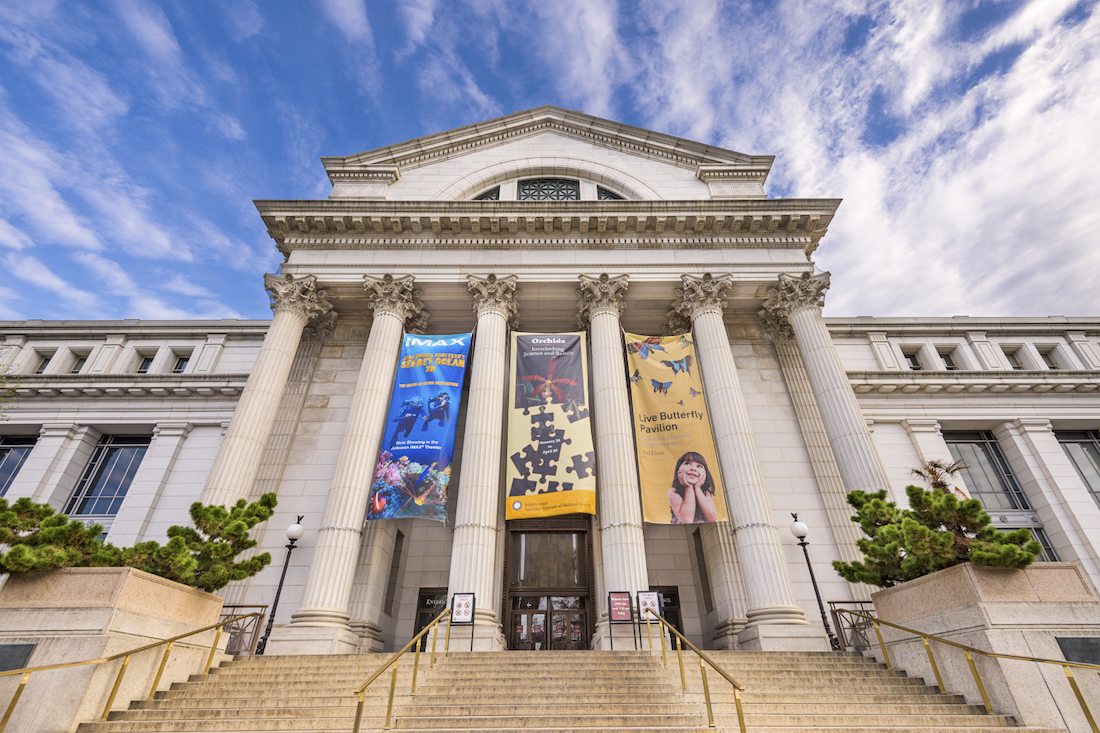
There are many Smithsonian museums on the mall. The National Museum of American History is one of the most famous. It tells the story of the U.S.’s political, cultural, scientific, and technological history since the Revolution. It shows important American artifacts like Thomas Jefferson’s desk, an Edison light bulb, and the flag that inspired Francis Scott Key to write the words “The Star-Spangled Banner.”
In addition to these important national items, exhibits also look at how people lived, what they ate, where they worked, how they played, what they wore, how they got around, how they worshiped, and how they ran their governments.
Artifacts like dresses, work by First Ladies, and Julia Child’s whole kitchen, as well as the Muppets and the real ruby slippers Judy Garland wore in the movie Wizard of Oz, show these different themes. DC has a lot of important things to see and do, so your family may feel like they’ve seen enough. But this interesting museum has exhibits and artifacts from our shared history that will interest people of all kinds.
- Address: 14th Street NW at Constitution Avenue NW, Washington, D.C.
3. National Museum of Natural History
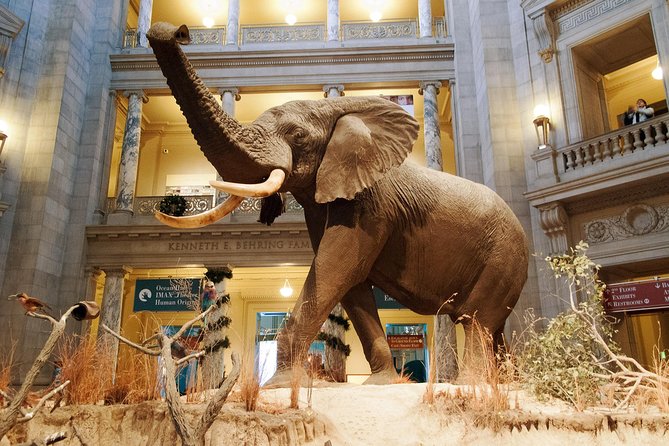
The Museum of Natural History is one of the most popular things to do in Washington, D.C., with kids. It has both fixed and changing exhibits that are interesting to people of all ages. The famous Hope Diamond and the beautiful collection of gems and minerals around it are two of the most popular exhibits. Another favorite is Ocean Hall, which has stunning underwater photos and a replica of a 45-foot North Atlantic Right Whale.
The Hall of Human Origins shows how humans have changed over six million years as the world has changed around them. The dinosaur displays and the Discovery Room, where kids can touch and play with different objects, will be the favorites of the kids.
- Address: Constitution Avenue NW, Washington, D.C.
4. Library of Congress
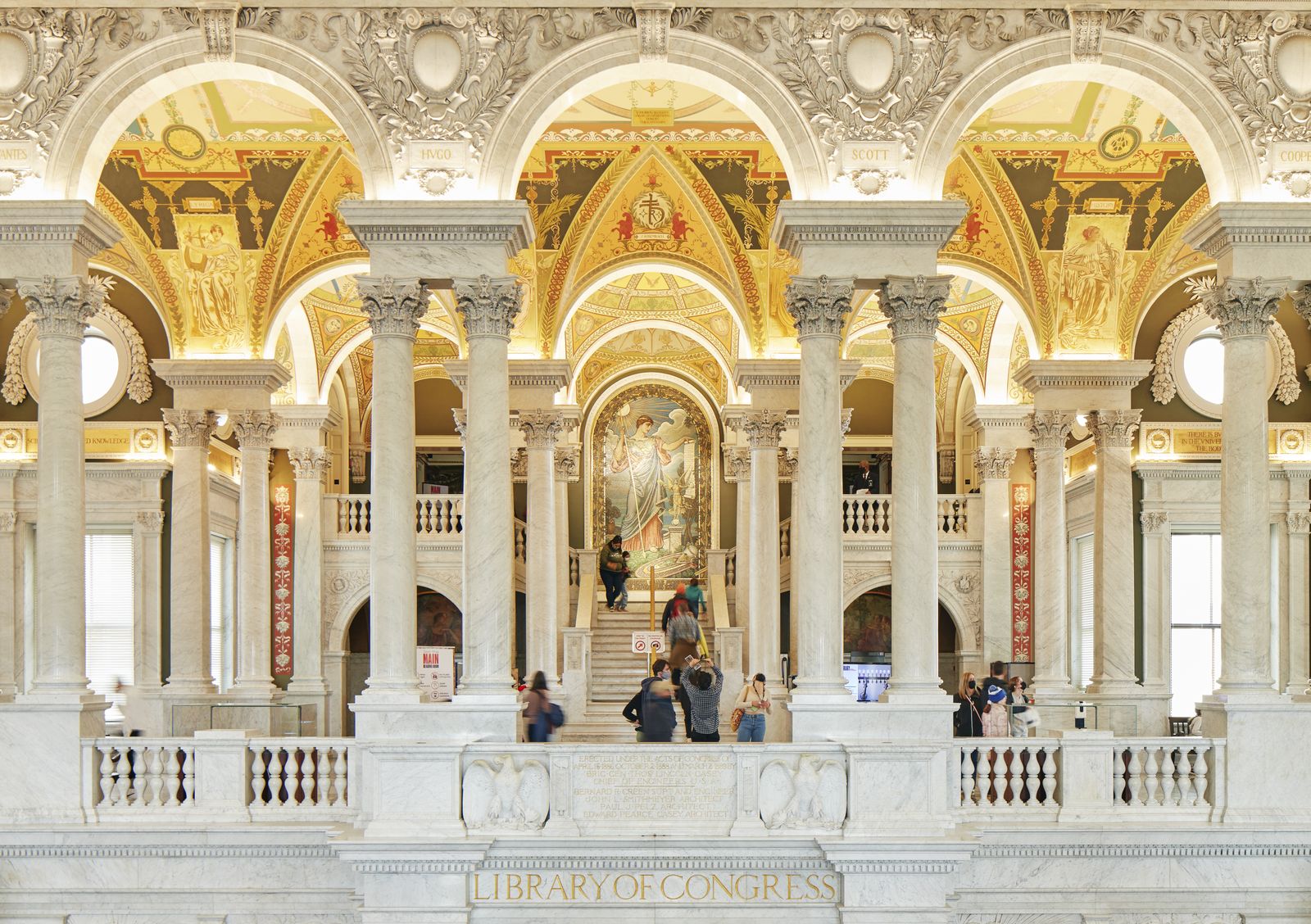
Below the Capitol Building, there is a passageway with historical displays that goes to the Library of Congress, which is one of Washington’s less well-known tourist spots. The world’s biggest library is shaped like Paris’s Opera House. You can go to some parts on your own, but free tours show you even more of the beautiful inside.
Here you can see one of only three complete Gutenberg Bibles that still exist, a hand-printed Bible from earlier times, Thomas Jefferson’s draft of the Declaration of Independence, Jefferson’s library, and galleries full of exhibits on a wide range of topics, such as the Gershwin brothers’ music careers and the work of editorial cartoonists and graphic artists.
- Address: Capitol Hill, Washington, D.C.
5. United States Holocaust Memorial Museum
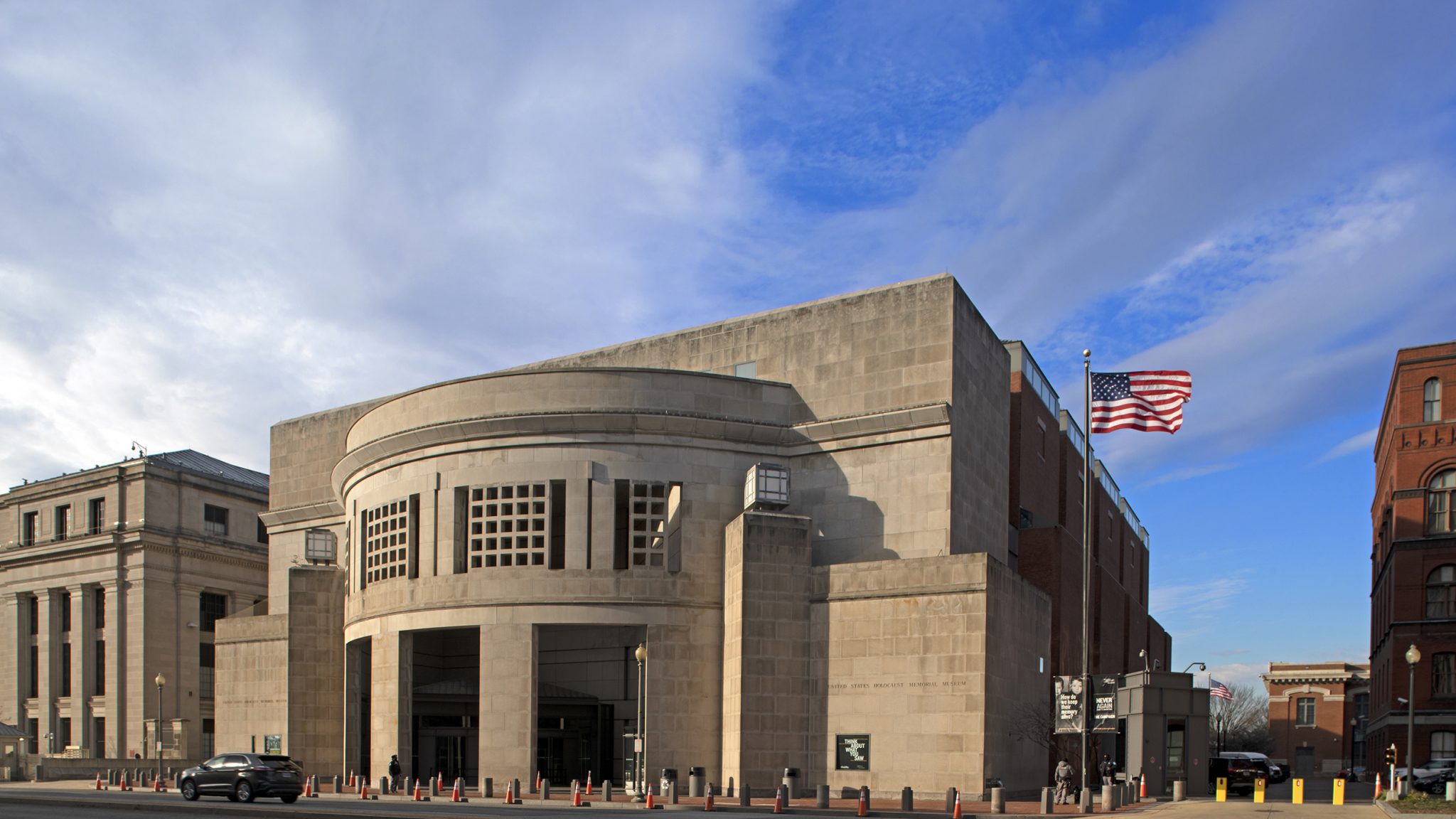
The United States Holocaust Memorial Museum is close to the Smithsonian museums. It records, studies, and explains the history of the Holocaust so that the victims’ stories can be remembered and so that the world can face hatred and stop genocide.
Permanent displays look at the rise of the Nazis and their Aryan philosophy, as well as the ghettos, important events like Kristallnacht, the concentration camps, and the horrible things that the Nazis did. An exhibit called “Americans and the Holocaust” looks at how the US reacted to the Nazis, the war, and the Holocaust. Another exhibit has personal accounts from US soldiers and citizens who saw proof of Nazi crimes.
There are more than 12,750 artifacts, 85,000 historical pictures, 9,000 oral history interviews, as well as archival footage and records of survivors and their families that are used in the presentations. Making a trip to the museum is a wake-up call.
- Address: 100 Raoul Wallenberg Pl SW, Washington, D.C.
6. The Washington Monument
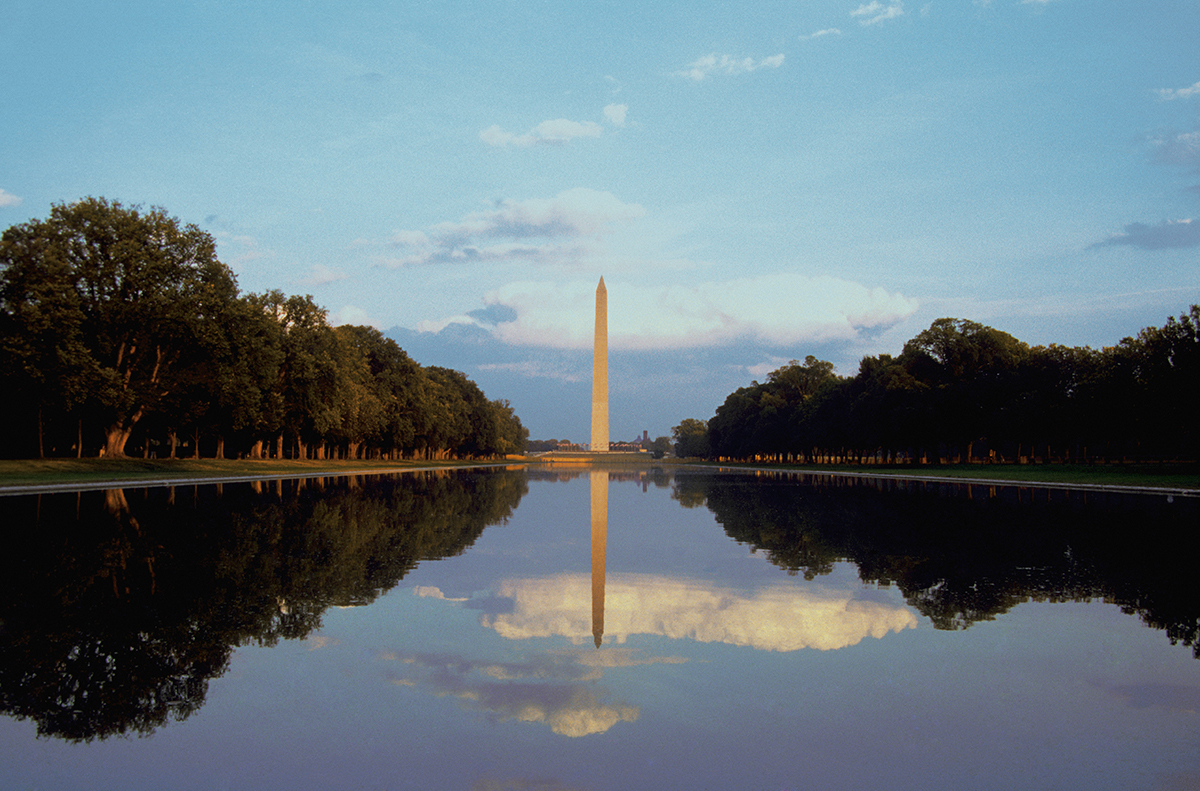
The 555-foot white shaft of the Washington Monument is a well-known landmark on the National Mall. It is also a beautiful sight, especially when seen in reflection in the long Reflecting Pool at its base. Building the structure to honor the country’s first president did not go as planned. Congress agreed to the plan in 1783, but the ground wasn’t broken until 1848.
When the tower hit 156 feet tall in 1854, it was put on hold for a few years because of political problems and a lack of money. The Civil War added to the delays, and the Army Corps of Engineers didn’t finish putting the top on the tower until 1885.
There are three changes in color on the outside of the building that show the different stages it went through. On the inside, there are engraved stones from states, cities, foreign countries, people, and civic groups, many of whom donated money during the private funding stages. You can take a lift to the very top and see the mall and most of Washington from above. A loop of fifty American flags goes around the base of the monument.
- Address: 15th & Constitution Avenue NW, Washington, D.C.
7. The White House
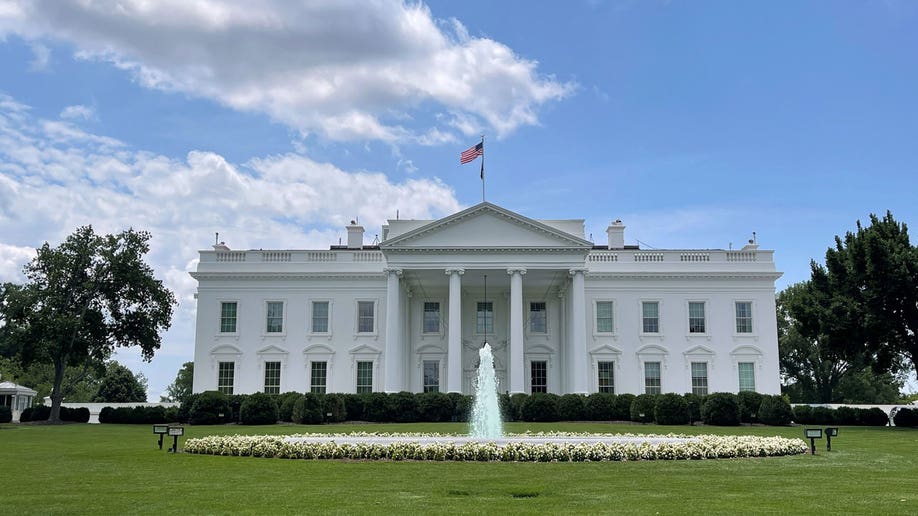
The President of the United States indeed lives in the White House. It has been the home of every president except George Washington. It was built by James Hoban in 1792 and was rebuilt in 1818 after being burned down by British troops in 1814.
You have to make tours of the East, Blue, Green, and Red Rooms, the Ballroom, and the State Dining Rooms through your Congressional office or mission well in advance. But everyone who comes to Washington, DC will want to see this famous building, at least from the outside.
Not far away is the free White House Visitor Center, which has great interactive displays about the White House and the families of presidents. It has the furniture of former presidents, a model of the house, information about how it has changed over time, and videos with leaders talking about their time living there.
The US Army Band plays music in the summer on the Ellipse, a 54-acre lawn that goes from Constitution Avenue to the park. The 1833 Greek Revival Treasury Building and the 1871 Executive Office Building are right next to the White House. The 1871 building is one of the most impressive old government buildings in Washington, D.C. The White House can be seen from Lafayette Square, which is one of the most famous places in the city.
- Address: 1600 Pennsylvania Avenue NW, Washington, D.C.
FAQ’s
Q1. What are the must-visit tourist attractions in Washington, D.C.?
Some of the most famous places in Washington, D.C. are on the list: the White House, the National Mall, the Smithsonian Museums, the Lincoln Memorial, the Jefferson Memorial, the Washington Monument, the National Gallery of Art, the Vietnam Veterans Memorial, and the Martin Luther King Jr. Memorial.
Q2. How much time should I plan to spend exploring these attractions?
How long you need to spend at these sites depends on your own tastes and interests. Most people take two to three days to fully experience the main attractions, but you can change your plans based on your interests and the time you have.
Q3. Are there any admission fees for these attractions?
There are a lot of free things to do in Washington, D.C., but some may charge to get in or ask for gifts. Before you plan your trip, you should check the official websites of each location for more information.

